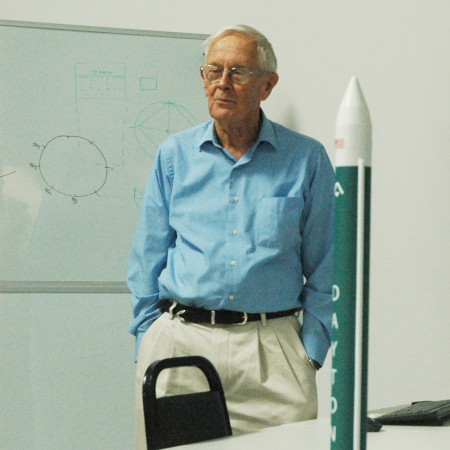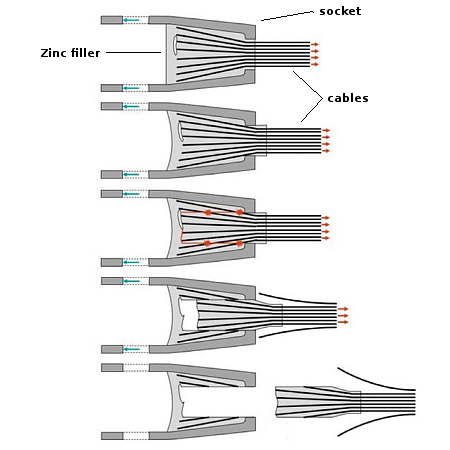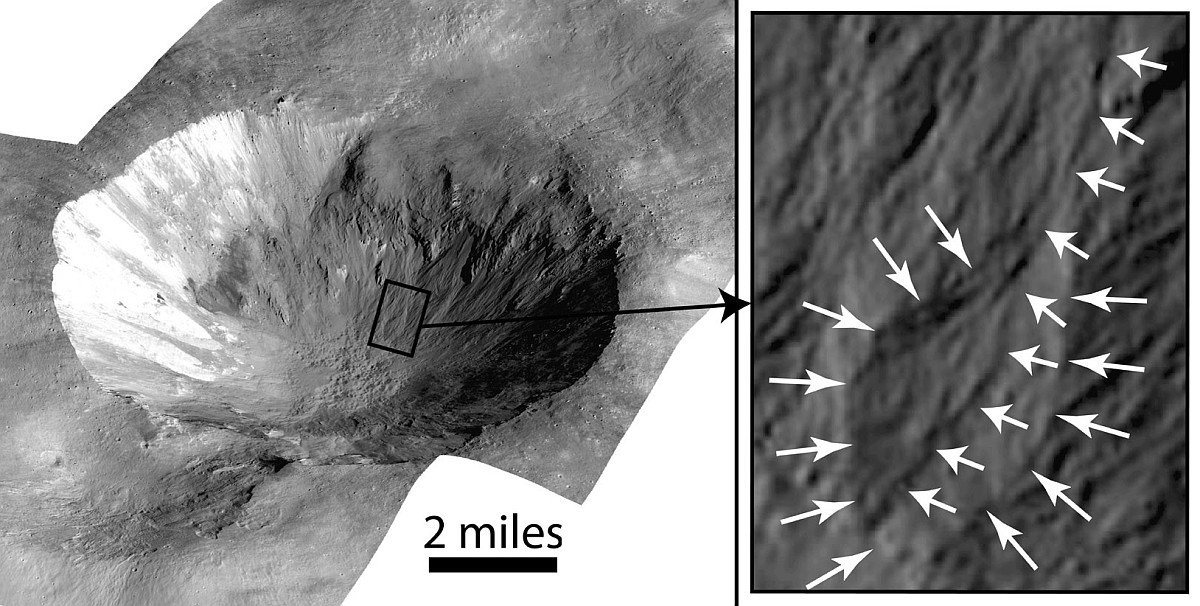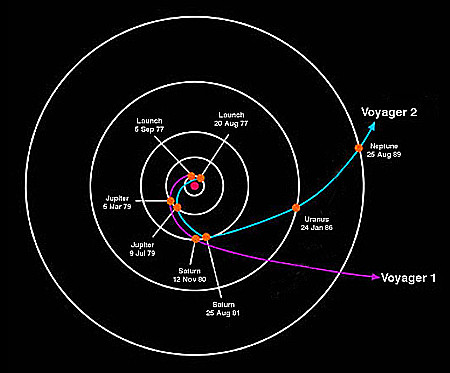October 30, 2024 Quick space links
Courtesy of BtB’s stringer Jay. This post is also an open thread. I welcome my readers to post any comments or additional links relating to any space issues, even if unrelated to the links below.
- Blue Origin rolls the first stage of the first New Glenn rocket to launchpad
The upper stage still needs to be stacked. Also, a dress rehearsal countdown with static fire test needs to be done. Still no word on launch date, though it finally appears within sight.
- Chinese pseudo-company AZSpace plans first launch of its cargo capsule to Tiangong-3 in November
It also has unveiled its own New Shepard copycat suborbital capsule. I will consider both real, when they fly.
- Thailand’s government approves signing Artemis Accords
If this happens (it remains unconfirmed from NASA), Thailand would be the first nation to sign on to both Artemis and China’s lunar base project. I wonder if that will fly with the next president.
- Lockheed Martin completes acquisition of smallsat manufacturer Terran Orbital
The final acquisition price was $450 million. Lockheed has been a major investor of Terran since 2017, so the deal made sense in many ways.
- According to Russian officials, Europe has returned its ExoMars lander, minus European components
ESA kicked Russia off the mission to land the Franklin rover on Mars when it invaded the Ukraine. That decision however delayed the rover’s launch now until 2028.
- Short video panning across what the tweet claims is the sharpest image yet taken of the Andromeda galaxy
I think this is a Hubble image, but the tweet provides no information.
- Watch Comet ATLAS (C/2024 S1) evaporate in its close approach to the Sun
This is not Comet Tsuchinshan-ATLAS, which has provided a nice show for viewers, but a different comet that astronomers hoped would be even brighter. Instead, the Sun destroyed it.
Courtesy of BtB’s stringer Jay. This post is also an open thread. I welcome my readers to post any comments or additional links relating to any space issues, even if unrelated to the links below.
- Blue Origin rolls the first stage of the first New Glenn rocket to launchpad
The upper stage still needs to be stacked. Also, a dress rehearsal countdown with static fire test needs to be done. Still no word on launch date, though it finally appears within sight.
- Chinese pseudo-company AZSpace plans first launch of its cargo capsule to Tiangong-3 in November
It also has unveiled its own New Shepard copycat suborbital capsule. I will consider both real, when they fly.
- Thailand’s government approves signing Artemis Accords
If this happens (it remains unconfirmed from NASA), Thailand would be the first nation to sign on to both Artemis and China’s lunar base project. I wonder if that will fly with the next president.
- Lockheed Martin completes acquisition of smallsat manufacturer Terran Orbital
The final acquisition price was $450 million. Lockheed has been a major investor of Terran since 2017, so the deal made sense in many ways.
- According to Russian officials, Europe has returned its ExoMars lander, minus European components
ESA kicked Russia off the mission to land the Franklin rover on Mars when it invaded the Ukraine. That decision however delayed the rover’s launch now until 2028.
- Short video panning across what the tweet claims is the sharpest image yet taken of the Andromeda galaxy
I think this is a Hubble image, but the tweet provides no information.
- Watch Comet ATLAS (C/2024 S1) evaporate in its close approach to the Sun
This is not Comet Tsuchinshan-ATLAS, which has provided a nice show for viewers, but a different comet that astronomers hoped would be even brighter. Instead, the Sun destroyed it.















